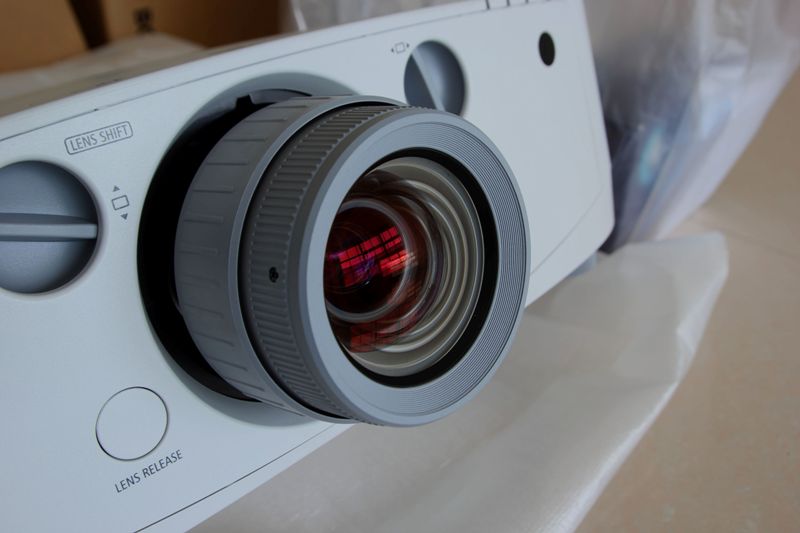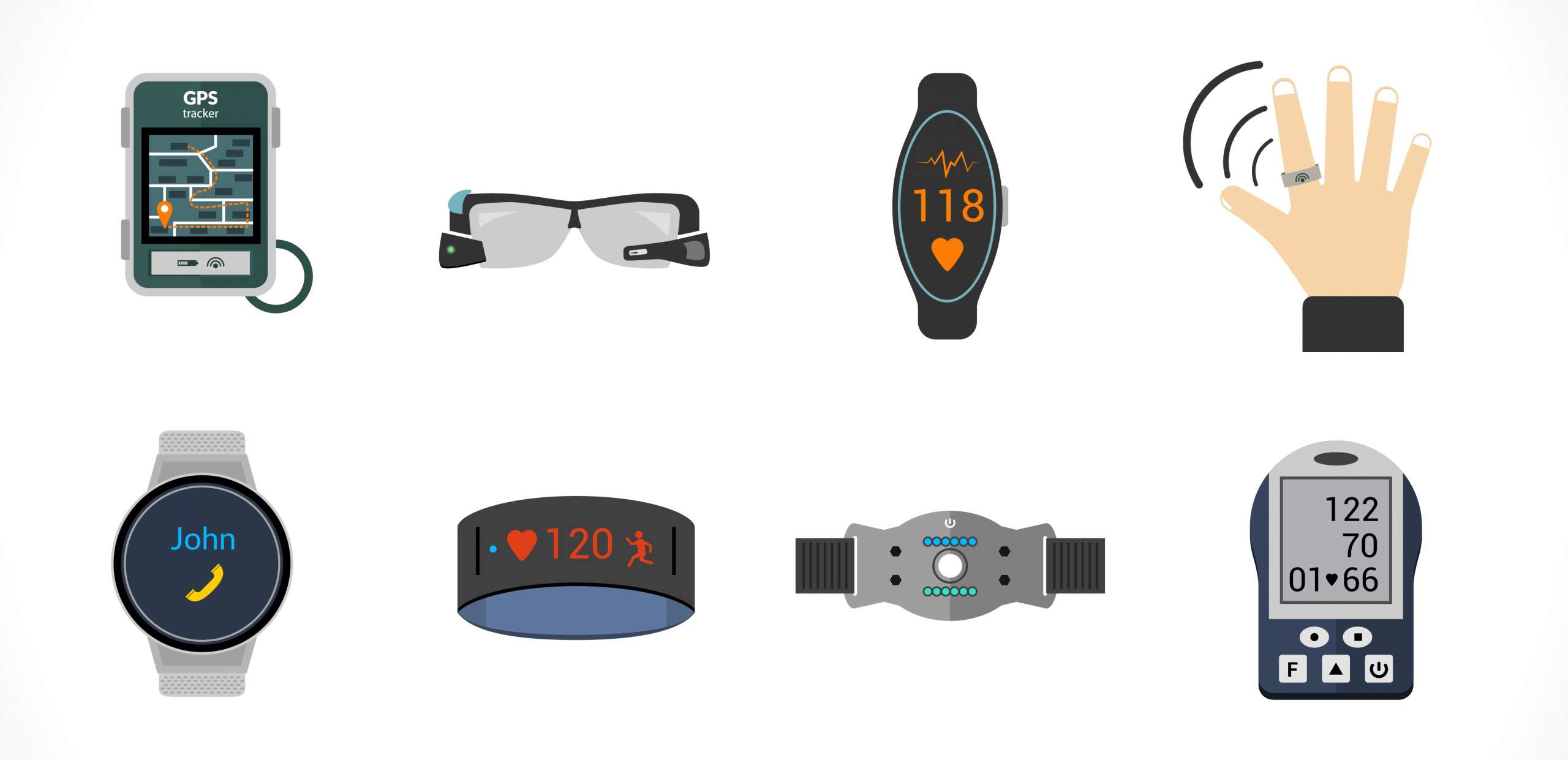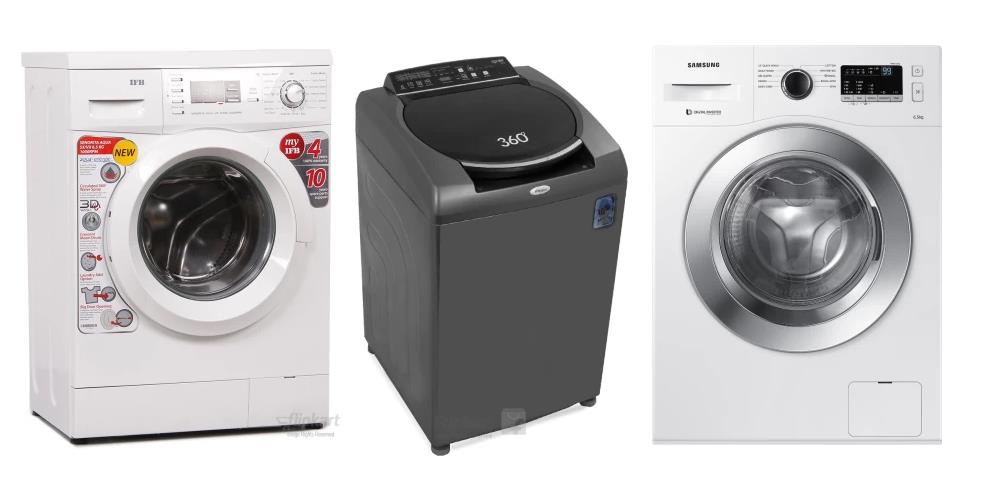How to Choose the Right Video Projector

Very often there is a crossroads: better a TV or a projector with a good projection cloth? Surely a video projector allows you to have many advantages:
- have large images at a low budget;
- live unique and engaging experiences, like at the cinema or at the stadium, connecting it to a PC, a Blu-ray player or a decoder;
- Have the possibility to use it if necessary and to move it easily whenever necessary
CHOOSE A PROJECTOR: WHAT TO EVALUATE
To choose the projector that best suits your needs, you must take into account some important features: scope of use, light output, type of resolution are just some of the parameters to be taken into account. Let’s see in detail all the points to keep an eye on.
HOW TO USE: HOW WILL YOU USE YOUR PROJECTOR?
The first thing to do to choose the right projector is to ask yourself the purpose of the projection. Depending on the mode of use, it is possible to distinguish between:
- Home cinema projectors;
- Video projectors for business and training fields.
If the environment is perfectly dark, as is the case with most domestic applications, a luminous intensity of approximately 1,500-2,000 Ansi Lumens will suffice. In the case where the environment is particularly bright, typical of meeting rooms, a video projector with a slightly higher brightness will be needed, at least 2.500-3.000 Ansi Lumen.
On the resolution side, in case of home cinema use we recommend a Full HD resolution, or even higher (4K) for those who demand the highest quality. For business or educational applications, the resolution does not play a key role but it is good to have a resolution as high as possible to correctly indoor LED display graphics and videos.
Among the most important features in the choice of a projector for presentations, we usually take into consideration aspects such as weight (especially important in case of transportable applications), the type of connections available to connect it to your notebook, smartphone or tablet, and other additional features that we will elaborate later in this article.
BRIGHTNESS: HOW TO CHOOSE LIGHT POWER?
The brightness is measured in ANSI Lumen and represents one of the most important factors in choosing a projector. In fact, it defines the power of the luminous flux projected on the screen. The choice of light power will be directly proportional to the ambient brightness present at the moment of the projection. The greater the brightness of the environment and the higher the light intensity will have to be. Also, the image size and the projection distance are important factors to consider, because with increasing distance the light intensity decreases.
CONTRAST RATIO: WHEN A HIGH CONTRAST IS NEEDED?
It defines the quality of the vision that a video projector offers and indicates the relationship between the brightness of the white and the brightness of the black. The contrast ratio, therefore, concerns the depth of the blacks: the higher this value, the better the quality of the reproduced image will be. Having a high contrast ratio is especially important when used in low light environments such as domestic ones.
RESOLUTION: WHICH ONE IS BEST SUITED TO YOUR NEEDS?
The resolution indicates the number of pixels contained in the projected image. We can have projectors with different resolutions:
- SVGA (800 × 600 pixels) and XGA (1024×768 pixels): these are the basic resolutions and are mainly used in the visualization of presentations with the PC, in the use of video games and standard images. Standard resolution projectors are not used for high-end home cinema.
- HD READY (1280×800 pixels): it is an excellent starting point for projections of good quality contents both for home cinema projectors and for business use.
- FULL HD (1920×1080 pixels): with this resolution, you can enjoy high-definition images, Blu-ray movies, HD-DVDs and play video games. With a FULL HD projector, the show is guaranteed.
- 4K (3840×2160 pixels): represents the maximum of high definition currently on the market. Recently, several home cinema projectors with native 4K resolution have been introduced to give viewers an experience like the one experienced at the cinema or at the stadium even if at the moment there is not a great deal of content available in 4K.
TECHNOLOGY: LCD AND DLP COMPARED
The two main types of technologies used are LCD and DLP. The LCD technology offers colors that are particularly vivid, bright and faithful, while DLP technology offers better depth of black, but the colors do not appear to perfectly match the real ones.
The choice should also be made according to your preferences: the LCD projectors provide images with more brightness than the DLP technology, while the latter offers a higher contrast. Which images do you prefer?
PROJECTION RATIO: CHOOSE THE RIGHT OPTICS BASED ON THE PROJECTION DISTANCE
Each projector is equipped with an optic capable of focusing on a larger or smaller image from a given projection distance. The value relative to the projection ratio (throw ratio) accurately expresses the minimum and maximum distance to which it is necessary to position the projector to create a base screen equal to 1 meter.
There are projectors equipped with short or ultra-short optics (used above all in the educational field) able to focus large images from a close distance (even less than 1 meter).
There are also professional projectors that mount interchangeable lenses according to specific needs. In this case, we will have both short optics, medium optics and telephoto lenses (optics that allow projections from long distances).
CONNECTIONS AVAILABLE
The projectors are equipped with ports that allow connection to various input and output devices. In addition to the VGA ports, very often there are one or more HDMI inputs/outputs, for the transmission of both video and audio with only one cable. HDBaseT technology is becoming more and more important on professional headlamps, which allows the transmission of high-definition digital media signals using a standard LAN cable at long distances (even up to 100 meters) without reducing image quality.
LAMP LIFE
The lamps of the latest generation projectors can last up to 10,000 hours in eco mode. Considering an average use of 2-3 hours a day, it will, therefore, be necessary to replace it after several years. In case of replacement, it will be possible to buy both original lamps and compatible solutions, which have lower costs. There are commercially available lamps of excellent quality that guarantee quality standards equal to 70-80% of the original.
If, on the other hand, more intensive use is made, it is advisable to choose an LED projector, which can guarantee a lamp life of over 20,000 hours, with reduced maintenance requirements. As a result, there will be a reduction in costs for changing lamps.
Lamp technology is constantly evolving; models that use further advanced and ecological technologies are already available, such as the hybrid light source, the Laser-LED, which has the advantage of being mercury-free.
ADDITIONAL FEATURES
In choosing the right projector for your needs, we often take into consideration a whole series of additional features, in many cases useful to solve some delicate situations.
For example, sometimes it is necessary to install the projector in a decentralized position with respect to the centre of the screen: in this case, in order not to have a distorted image, the Keystone function (or trapezoidal correction) or the vertical and horizontal Lens Shift function is required.
Another very popular feature is the wireless functionality: in some projectors, it is already integrated, while in others it can be activated through a special wireless module that can be purchased separately. E ‘can also connect the projector directly to a smartphone using the functionality Miracast or MHL. Just download an application and you’re done.
In the educational and educational field, video projectors are often used with interactive features that allow the user to write, draw, and attach images, view texts, play videos or animations. In this way, the lessons and presentations will be much more dynamic and engaging. Compared to traditional interactive multimedia Lavage (LIM), the cost of an interactive projector is much lower.





